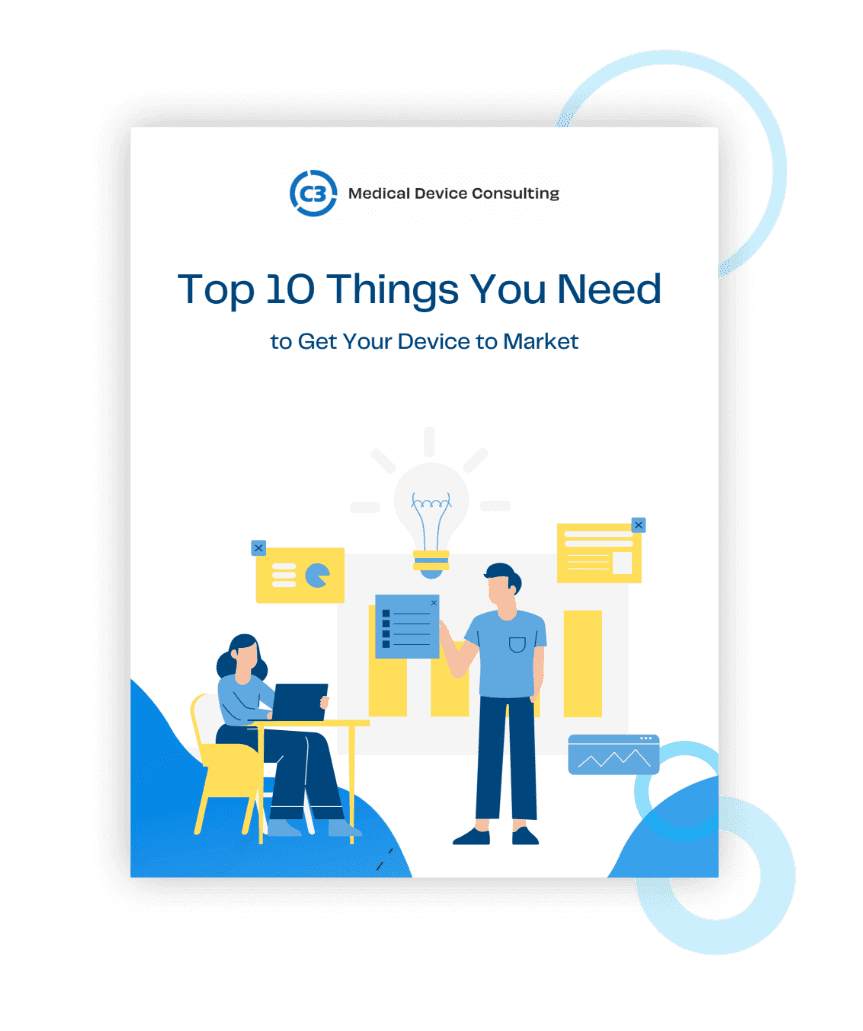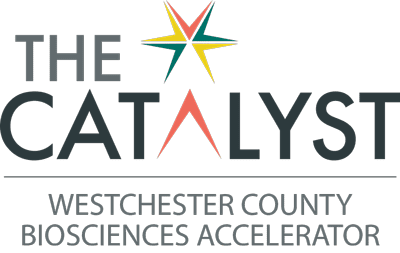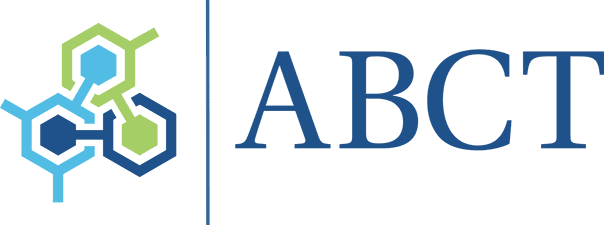An innovative medical device starts with a great idea and a motivated team, but what really carries the project through to completion? Money. And while there’s more than one way to fund a device development project, many non-profits, start ups, and small businesses turn to grants.
Major benefits of a grant are that it probably doesn’t have to be repaid and it can lend your project credibility in the industry. However, the competition is formidable. According to Grant Watch, across all types of grants applicants have about a 50 percent chance of receiving an award (see the breakdown by grant type here). Of course, the more grants you apply for the greater the odds that you will win at least one.
In this guide we’ll go over our best tips for improving your chances for writing a successful grant proposal.
Step 1: Understanding the Grant Landscape
There are many grant options for medical device projects. Because they generally don’t have to be repaid they are appealing, but be sure you understand how grants work before diving in. Granting organizations have eligibility requirements, a detailed application process with strict deadlines, and reporting expectations should you be awarded the funds.
Grants are awarded by the US government as well as state and local governments, research institutions, foundations, and corporations. Always review eligibility requirements, such as whether you must be a non-profit, or if the granting organization is focused on certain types of projects. Some places to start your search include:
Government grants:
- US Food and Drug Administration (FDA)
- National Institutes of Health (NIH)
- National Science Foundation (NSF)
- US federal Small Business Innovation Research (SBIR) and Small Business Technology Transfer (STTR) programs
- Grants.gov (comprehensive US federal government grants)
- Many states have grant directories. Try an Internet search for [your state] non-profit grants or [your state] small business grants.
Foundations and other granting organizations:
- Community foundations by location
- Candid.org foundation directory (for non-profits)
- GrantStation (for non-profits, educational institutions, and government agencies)
- The American Association for the Advancement of Science (AAAS)
Corporate giving programs:
These are an excellent option if you’re willing to do some legwork. Start by brainstorming for corporations in your area and check with your local chamber of commerce as well as your state’s Secretary of State corporation directory. Once you’ve identified companies, check their websites as these often detail their corporate giving programs.
Step 2: Developing a Grant Proposal
Similar to applying for a job, when submitting a grant proposal for potential funding your goal is to present your medical device project in the best, most compelling light possible.
Before you start writing, make sure your organization and project meet the grant’s requirements. If you’re applying to a foundation or corporate program, make sure the project fits with their mission and funding interests.
It’s smart to apply for more than one grant; however, each proposal you write should be tailored to the granting organization in question. In general you’ll need to incorporate:
- Cover letter – how the project fits their mission or meets their requirements in detail; the need your project fills and its potential impact
- Mission and goals statement – a compelling, engaging “story” about the problem and solution (i.e., your project) that’s echoed throughout your application
- Budget tables and explanatory text – budget needs, how funds will be used, and projected financial outcome
- Project timeline – outlining project phases if applicable, and milestone goals
Even if several subject experts contribute sections to the proposal, it must be reviewed and edited closely to ensure consistent terminology is used throughout, that sections flow smoothly, and that all information is accurate. It doesn’t matter how amazing your device is or how much impact it could have if your grant proposal is unreadable.
Allow enough time to compile and submit the proposal before the deadline, and consider following up after it’s turned in.
Step 3: Building a Strong Team and Collaborative Network
Grant writing is not a solo project. Assembling a winning proposal calls for a variety of skills and knowledge (and time) that no single person in your organization is likely to have.
You may choose to write the proposal entirely in-house, or to work with outside support for some or all of the process. Either way, it’s best to have a team you can refer to for questions or feedback.
A grant writing team includes these core roles:
- Grant coordinator – to organize tasks, keep track of deadlines, and maintain progress
- Lead writer – to make sure the voice and language are consistent, persuasive, and clear; the lead writer should assemble sections prepared by subject matter experts and other team members to smooth disjointed sections into a document that flows well
- Budget lead – to assemble budget needs and how funds will be used; data should be assembled into clear tables and also explained in writing
- Executive or board – to make final reviews and approvals
- Subject matter experts (as needed) – to describe the research, planning, design, and other medical or scientific aspects of the project
Depending on the amount of experience you and your internal team have with grant writing, a knowledgeable partner like C3 can be a great resource for things like in-depth subject matter writing or budget planning in your proposal.
Step 4: Creating a Detailed Budget and Timeline
The granting institution wants to see that you have a solid plan to use the funds wisely. Your included budget and timeline must illustrate this.
Explain your budget needs and how you intend to use the money in detail. Start by learning the exact amount of the grant award, including how and when funds are distributed (i.e., all at once or in phases) and which expenses are eligible and which are not. Use this information to map out how funds will be applied. Costs to consider include staff, equipment, facilities for research and manufacturing, and any outsourced services.
The proposal should align your project timeline to the grant, especially if funds are distributed over a period of months or years. State if your device project is divided into phases and to which phase the grant will apply. A grant writing and project development partner like C3 can help by generating a project budget and timeline. .
Step 5: Managing Your Grant Award and Reporting Requirements
Winning a grant award is a time to celebrate! But remember the work isn’t finished – grants usually include requirements for documentation of progress and use of the awarded funds.
Keep track of milestones or any changes to the project in writing, and have supporting documentation on hand, such as research reports, device drawings, or testing results. You should also set up an accounting system to track grant funds including amounts received and when, and a classification of expenditures, such as salaries and wages, equipment, facility fees, etc. Be extremely careful to adhere to restrictions on qualifying expenses.
As soon as you can, learn what materials you must submit and when they are due (e.g., quarterly, annually) then be sure to prepare and submit them on time. It adds work but noncompliance risks losing the grant. Consider appointing a team responsible for overseeing progress reporting, possibly including members of the original grant writing team.
Grants are a highly desirable source of funding for medical device projects. They’re also extremely competitive, but that does not mean they’re out of reach for you. The steps outlined here will set you up for a successful grant writing process.
The C3 team has worked on numerous successful grant proposals and on projects funded by them, so we understand the time and effort involved. If you’re not sure how to get started or need a few more details, please contact C3 Medical Device Consulting today!










